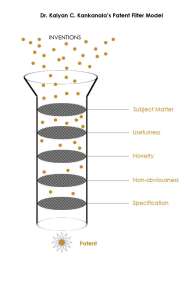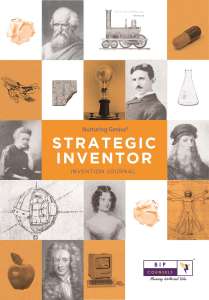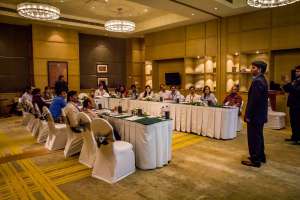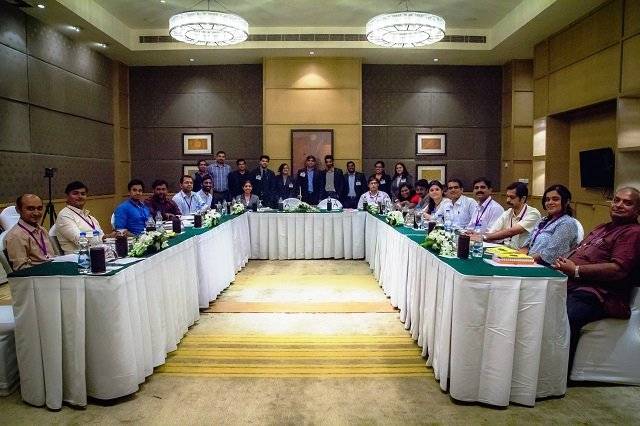Is it really possible for inventors to invent with the objective of acquiring patents? Dr. Kalyan Kankanala’s research shows that patents are the least of their concern when inventors invent. What then was the purpose of the program on patents for inventors led by Dr. Kalyan last Friday?
One of the inventors at the event said,
“I did not learn how to invent, but I learned how to assess if my invention is patentable, how to think about patentable inventions, and how to handle patent risks?
It was very helpful and enlightening, and I think I will trouble attorneys less, and hopefully, send out better inventions.”
Patent Philosophy
The program started with Dr. Kalyan providing a brief overview of patent philosophy and the role of inventors in the patent system.
“Inventors can exist without patents, but patents cannot exist without inventors,” Dr. Kalyan stated.
He looked at the patent system through the eyes of the inventor and pointed out that the patent system exists to encourage and incentivize them. He then pointed out that like any other law; the principles of patent law can be twisted, turned and bent to suit the needs of an invention. Dr. Kalyan said during his session that it is all about arguments. “
Make compelling arguments about the value of your invention, and you will have your way.”
Patentable Inventions
Using his classical patent filter model, Dr. Kalyan explained how patentability requirements check the worthiness of an invention from various perspectives. He pointed out the scope and extent of each requirement, its limits, and flexibilities. Dr. Kalyan used a pencil and an all-purpose cutting plyer, Nijasaurus, to explain concepts of novelty and inventive step. Inventors seemed to absorb concepts with ease, but seemed confused when he put them to test by equivocating.

Tortoise-Rabbit Story
Using his storytelling skills, Dr. Kalyan told the story of tortoise and rabbit. He brought in national sentiments around yoga and meditation in his story but twisted the climax. The race ends in a tie, and the only piece of evidence is the photograph of the runners reaching the finish line at the same time.
Dr. Kalyan handed the photograph to the inventors and divided the inventors into two groups, one to think about novel solutions to resolve the dispute, and one group to think about known solutions. Inventors proposed solutions and disposed them as well, but no one actually came up with a solution that met all patentability requirements. Some inventors judged the rabbit as the winner, and others fell prey to hindsight bias and proclaimed the tortoise as the winner.

Infringement Trial
After the patentability exercise, Dr. Kalyan took the inventors into an infringement trial. He created a patent dispute between two chocolate companies that make edible toy-chocolate combinations and conducted a mock trial. Inventors from the companies, ToyJoy and HappyChocs, fought hard on infringement and invalidity grounds, and the Court was dismissed just before the inventors got into a boxing match.
During the trial, inventors used the ‘All Elements Rule,’ ‘Doctrine of Equivalence,’ ‘Teaching-Suggestion-Motivation,’ ‘Obviousness,’ and other concepts as if they were expert attorneys. It was very entertaining for the audience to say the least.
What Motivates Inventors?
As always, Dr. Kalyan asked the inventors what encourages them to invent. Contrary to his prior research findings, most inventors at the program said that they invent to solve problems given by their employer, and/or to make something useful to the society. No one mentioned financial gain, and one person mentioned that recognition incentivizes her to invent.
Inventor Journal
Based on his experience of working with inventors, Dr. Kalyan made an inventor journal, which helps inventors document their ideas, assess them, and put a value on each of them. The journal covers parameters such as business value, patentability, and resources. He told the inventors that if they document all their ideas, assess them, and put a value on them, they will be surprised with how many and how valuable ideas they come up with on a daily basis. The journal allows inventors to enter hundred invention ideas, and irrespective of patent filings, filling one full journal itself is an achievement.

Analysis
Nitin Nair, Senior Partner (IT/Electronic/Telecom Patents) of BananaIP, joined Dr. Kalyan to analyze the mock case. He created a mathematical chart of the infringement and invalidity case by taking one claim as an example. He argued that there is infringement and that the patent is valid. Dr. Kalyan countered his arguments, and the back/forth between them was quite interesting.

Conclusion
Overall, Dr. Kalyan’s unconventional program on patents for inventors was a success, and the feedback from the inventors was excellent.
Organize a Program on Patents for Inventors
Dr. Kalyan C. Kankanala will be happy to conduct a program on patents for inventors at your organization. If you are interested, you may write to [email protected] with the subject: Patents for Inventors.
Reported by BananaIP Reporter



